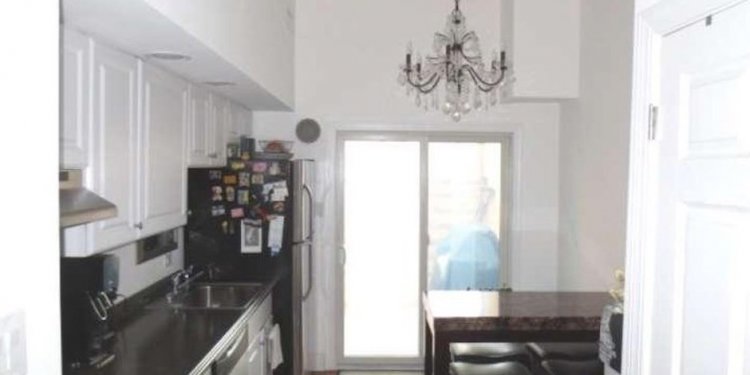
Big and beautiful Magazine
Minimum Intervention, The Red Ribbon: Tanghe River Park, Qinhuangdao
In natural terrain and vegetation, the landscape architect placed a 500-meter “red ribbon” integrating lighting, seating, environmental interpretation, and way-finding. While preserving as much of the natural river corridor as possible, this project demonstrates how a minimal design solution can achieve dramatic improvements.
The site was in good ecological condition: Lush and diverse native vegetation provided habitats for many species. Located at the edge of the Tanghe River, which runs through the Qinhuangdao, it was, however, unkempt and empty, used for garbage dumping, and spotted with deserted shanties as well as irrigation ditches and water towers built years ago. Filled with scruffy shrubs and “messy” grasses, the site was inaccessible and unsafe. The government wanted to use it not only for urban sprawl but also for fishing, swimming, and jogging.
The lower reaches of the river had already been channeled with marble and “beautified” with ornamental plants, and channeling was likely to be carried out at the site. To prevent this, our firm proposed the red ribbon design. After the rehabilitation of the littered and polluted areas, the insertion of the ribbon was a light intervention. The ribbon brightens this densely vegetated site, links diverse natural vegetation types, and provides a structural means of reorganizing the formerly unkempt and inaccessible site. The park is urban and modernized—attributes highly sought by the local residents—while enhancing the ecological processes and natural services of the site.
Let Nature Work: The Adaptation Palettes of The Qiaoyuan Park, Tianjin
This is a park of 22 hectares (54 acres) in the northern coastal city of Tianjin. Rapid urbanization had changed a peripheral shooting range into a garbage dump and drainage sink for urban storm water. The site was heavily polluted, littered, deserted, and surrounded by slums and rickety temporary structures that were torn down before the design was commissioned. The soil here is quite saline and alkaline.
The regional landscape is flat and was once rich in wetlands and salt marshes that have been mostly destroyed by decades of urban development. Though it is difficult to grow trees in the saline-alkali soil, the ground cover and wetland vegetation are rich and vary in response to subtle changes in the water table and PH values.
The overall design goal was to create a park that can provide a diversity of nature’s services for the city and the surrounding residents, including containing and purifying urban storm water; improving the saline-alkali soil through natural processes; recovering the regional landscape’s low maintenance vegetation; providing opportunities for environmental education about native landscapes and natural systems, storm-water management, soil improvement, and landscape sustainability; and creating a cherished aesthetic experience.
The solution was called “the adaptation palettes, ” a name inspired by the adaptive vegetation communities that dot the landscape. A simple landscape architecture strategy was devised, one that included digging twentyone pond cavities 10 to 40 meters in diameter and 1.1 to 5 meters in depth. Some cavities are below ground level, others above on mounds; some are water ponds, some are wetlands, and some are dry cavities. Diverse habitats were created, and natural processes of evolution and adaptation were initiated. Seeds of mixed plant species were sowed to start the vegetation, and other native species were allowed to grow wherever suitable. Through the seasons’ evolution, patches of unique vegetation established a correspondence to the individual wet or dry cavities. A few cavities vary their spatial relationship to the top of the high water table, with one variation in depth of only 10 centimeters. The patchiness of the landscape reflects the regional water- and alkaline-sensitive vegetation. Within each cavity is a wood platform that allows visitors to sit in the middle of the vegetation patches. Along the paths is an environmental interpretation system that gives descriptions of natural patterns, processes, and native species.
The park realizes its core goals. Storm water is retained in the water cavities, allowing diverse water-sensitive communities to evolve. Seasonal changes in plant species occur and integrate with the beauty of the native landscape, attracting thousands of visitors every day. In the first two months of its opening, October to November 2008, about 200, 000 people visited; the ecology-driven Big-Foot aesthetic produces objects of desire.
Utopian Proposal: Beijing as New Garden City
Today’s Chinese cities and architectures are unsustainable: Our monumental architecture, wide roads, endless parking lots, huge city squares, flowered landscapes, and engineering-oriented municipal networks will eventually be seen as ghastly mistakes.
Future cities will be “new garden cities, ” emitting low or no net carbon, productive and conservation-minded. Rainwater will no longer be discharged from municipal pipes but will be retained in local ponds and supplement groundwater. Green spaces will be full of crops and fruit trees, instead of ornamental flowers and fruitless trees. Rice and broomcorn will ripen in the fields of communities and schools. In the harvest season, animals and humans will take pleasure together. Architectural surfaces will support photosynthesis. The roofs will be fish-raising ponds, with the functions of heat preservation, energy saving, and food production. Cellars will be great mushroom factories.
The CCTV Tower will become a complex system combined with agriculture, animal husbandry, and fishery. In the hole of the “underpants, ” several wind turbines will generate electricity. The National Centre for the Performing Arts, easily transformable into a greenhouse, will grow various fruits; its basement will grow mushrooms. The Bird’s Nest can become a national vegetable market. Its great steel framework can be used to hang vessels holding a kale yard in the air. Tiananmen Square can be converted into a sunflower field. While producing oil, it will offer citizens the chance to enjoy the daily movement of the bright flower heads tracking the sun. Transportation tools will be high-speed railway trains, connecting compact pedestrian communities, where people can pick up public bicycles. Outmoded parking lots can be used to grow wheat and vegetables, or become fishponds that collect rainwater.

















